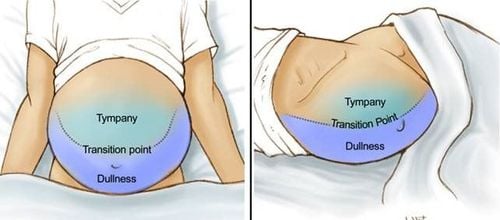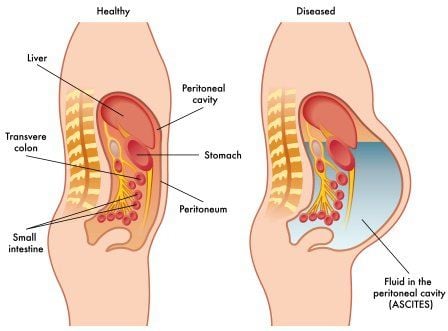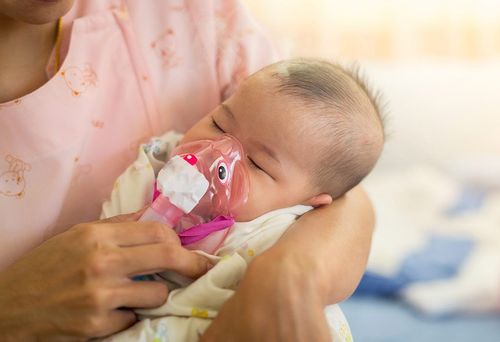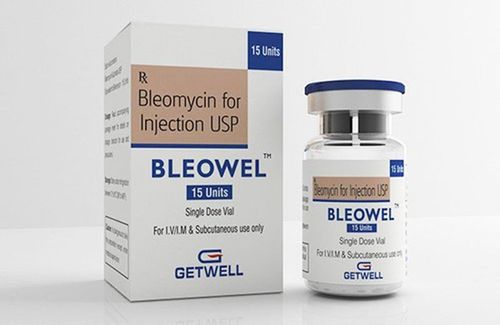This is an automatically translated article.
The article is professionally consulted by Master, Doctor Nguyen Hoang The Nhan - Department of Pediatrics - Neonatology - Vinmec Nha Trang International General Hospital.
Acute respiratory distress syndrome in children is one of the dangerous and unpredictable diseases. Knowing the symptoms and grades of acute respiratory failure will help parents timely detect and minimize unfortunate complications.
1. What is acute respiratory failure in children?
Acute respiratory failure in children is a condition in which the respiratory system cannot maintain and meet the body's needs for gas exchange, causing decreased oxygen and/or increased CO2 in the blood. The consequences of acute respiratory failure are to cause hypoxia for the metabolic needs of important organs, especially the brain and heart, and lead to CO2 stagnation, causing respiratory acidosis.Causes of acute respiratory failure can be due to pathology in the airways, lung damage or diseases related to the brain, nerves - muscles. On the other hand, premature babies are also at risk of acute respiratory failure.
2. Clinical symptoms of acute respiratory failure
2.1. Shortness of breath
Hypoxia, with or without an increase in PaCO2 (the partial pressure of carbon dioxide in the arteries) also causes shortness of breath.Baby's respiratory rate may increase above 25 cycles/min, often with accessory respiratory muscle contraction, similar to bronchopneumonia. Sometimes the respiratory rate can fall below 12 cycles/min, without the respiratory paralysis as in barbituric poisoning. In case the baby has difficulty breathing, it is necessary to appoint a ventilator immediately because then the breathing rate will slow down, which can be life-threatening.
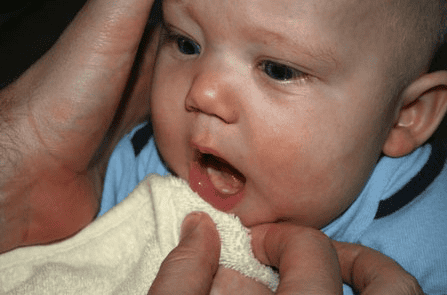
Khó thở là triệu chứng của suy hô hấp cấp
2.2. Pale skin
The lips and extremities appear cyanotic. The extremities are still warm, unlike when shocked. No cyanosis if anemia. Signs of purplish red, sweating if the PaCO2 is increased much is similar to that of an acute exacerbation of chronic bronchitis. Often accompanied by “club fingers” (deformation of fingernails or toenails related to lung or heart disease).2.3. Cardiovascular disorders
Heart rate: Usually sinus tachycardia or tachycardia. Oysters as the final manifestation will be ventricular fibrillation. Blood pressure increases or decreases: In the first stage, blood pressure is often elevated, while in the later stages it gradually decreases, it is necessary to conduct immediate intervention by methods such as balloon squeeze, endotracheal intubation, sputum suction, breathing. machine. Cardiac arrest due to severe hypoxia or excessive PaCO2 requires immediate medical attention. In this case, children can recover quickly if they intervene 5 minutes before.2.4. Nervous and Consciousness Disorders
The brain is the organ that consumes 20% of the total oxygen in the body. Therefore, when there is hypoxia and hypercoaemia, the brain is the place to suffer the earliest consequences:Nervous disorders: Children convulsions, confusion, loss of tendon and bone reflexes Consciousness: Children appear lethargic, comatose.
2.5. Symptoms of acute respiratory failure in the lungs
In acute respiratory failure originating from toxic and neurological causes, sometimes signs of atelectasis and respiratory paralysis will be seen:Intercostal muscle paralysis: The thorax collapses on inspiration, while the diaphragm is still moving normally often. Paresis of the pharynx: The baby has lost swallowing reflex and stagnation of sputum, difficulty breathing due to aspiration of sputum and gastric juice. Respiratory paralysis often leads to atelectasis (need to appoint tracheostomy for the baby and conduct mechanical ventilation). Pneumothorax: Easy to detect when the patient is newly hospitalized but easy to miss when the baby is on mechanical ventilation. In particular, pneumothorax often occurs during mechanical ventilation or after placing a subclavian catheter. Bronchopneumonia in the posterior region of the lungs: Common in cases of respiratory failure lying for a long time, without postural drainage and changing positions frequently. Nosocomial bronchopneumonia often occurs in patients with prolonged artificial ventilation, with an incidence of about 15-20%.
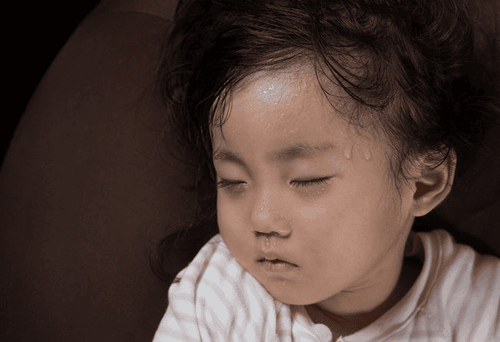
Dấu hiệu trẻ lờ đờ, vã mồ hôi, thậm chí hôn mê khi bị thiếu oxy
3. Stage division
Acute respiratory distress syndrome in children is the most common emergency that requires immediate intervention. In fact, acute respiratory failure disease can be divided into 2 types based on the severity of symptoms:Severe: Major drug intervention, can resolve symptoms with medication or treatment. some minor tricks. Critical type: Requires immediate emergency intervention by medical procedures, then medication or parallel procedures (intubation, balloon compression, mechanical ventilation...) When it is found that the child has any abnormalities Any clinical symptoms of acute respiratory failure, it is necessary to take the child to a medical facility for timely diagnosis and treatment, to avoid unfortunate complications.
4. Why should children check for acute respiratory failure at Vinmec?
Vinmec International General Hospital is currently the address for examination, diagnosis and treatment of acute respiratory failure for children, trusted by many parents as a place to send and take care of their children's health.At Vinmec gathers a team of experts, pediatricians, pharmacists and nurses with high qualifications, good expertise, a lot of experience, especially dedicated and professional attitude.
With the full support of many modern technical means, Vinmec always ensures to provide the most comprehensive and effective health care services, exclusively for children and infants.
Professional medical examination, consultation and treatment services, medical examination and treatment space that focuses on civilization, courtesy, safety and maximum sterilization, is a very suitable place for parents to feel secure to choose to Your baby gets comprehensive health care.
Vinmec International General Hospitals nationwide have a team of leading doctors and modern equipment, and are trusted by many parents for the treatment of acute respiratory failure for children. For detailed information and to schedule an examination and consultation, customers can call the hotlines of the hospitals or register for an online consultation with Vinmec HERE.




